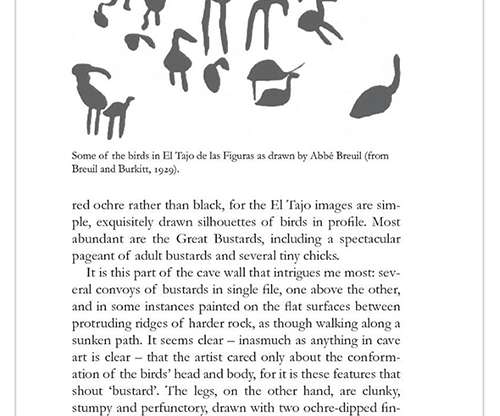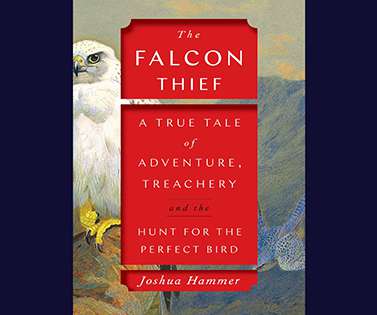Birds and Us: A 12,000 Year History from Cave Art to Conservation–A Book Review
10,000 Birds
SEPTEMBER 6, 2022
the development of field-based ornithological research in Europe and Great Britain; a quick step back through the history to look at bird protection, conservation, and our precarious future, with a focus on Birkhead’s long-term (50 years!) Common Guillemot research at Skomer Island, Wales. Beagle , pt. by Tim Birkhead.












Let's personalize your content